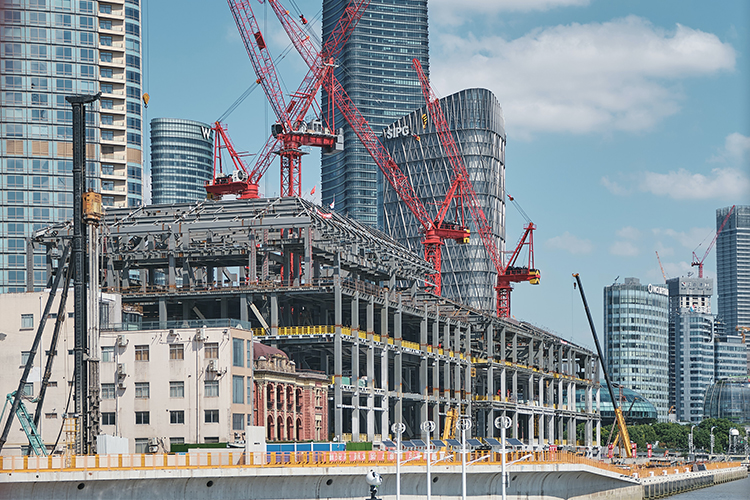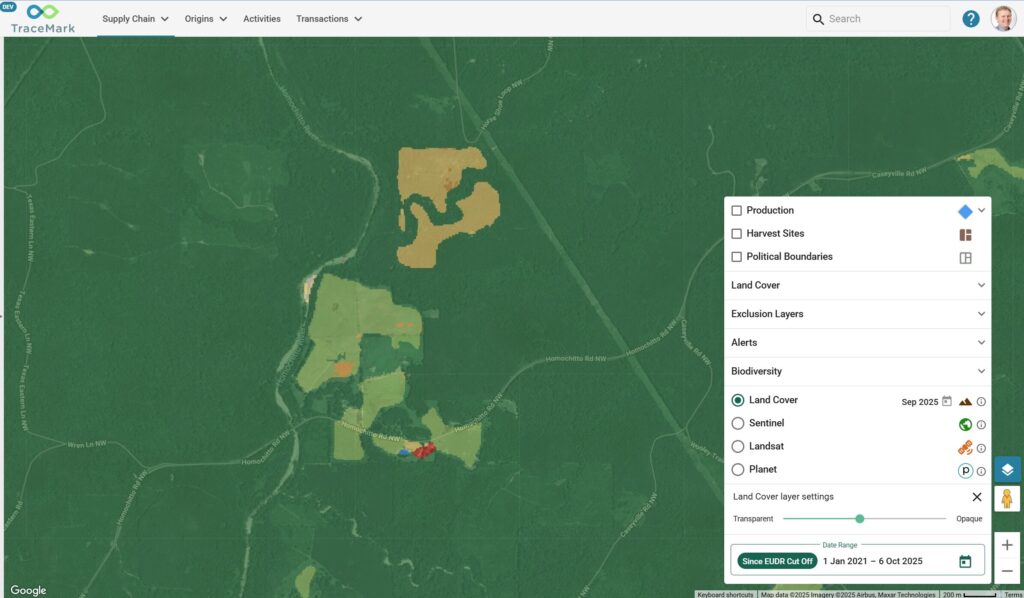Speedy planning and built environment design with LiDAR

Excellent design is a key measure of success for the public sector, especially when it comes to planning within environments that are already fully or partially developed. Examples of this might be a new shopping mall on a main street, installing traffic lights or roundabouts on a busy thoroughfare, or running a tramway down a long stretch of busy road.
Thankfully, there are tools and data offerings that enable planners to effectively assess the built environment in areas set for development. LiDAR is one of these data offerings and there are currently several comprehensive and constantly evolving LiDAR offerings on the market.
Crucially, LiDAR in this day and age gives planners the ability to understand the current built environment in a level of detail and speed that was previously impossible.
Some examples of how LiDAR benefits planning projects are:
- Planning with a digital twin: Using LiDAR to build 3D visualisations of built environments to perform analysis on the area (such as; shadow and line of sight analysis) and measure the height and width of assets (such as; buildings, infrastructure, trees).
- Infrastructure justification: Using LiDAR to perform site area assessments, measure the height and width of tunnels, bridges and motorways, or the measure building or utility assets heights.
- Heavy vehicle policy planning: Understand the impacts of freight movement in metro and regional areas, perform noise modelling, build road maintenance programs, assess the height and width of bridges and tunnels, and optimise pick up and drop off points around metro areas.
- Telecommunications network rollout: Assess signal strength, coverage plus cell tower positioning and line of sight measurements.
LiDAR has the power to minimise human resources on the ground during the planning phase of projects. It can assist with measurement and positioning of assets within the built environment, without the need of being onsite.
You can also detect and extract features from captured LiDAR data and merge this with your own information management system.
For example, if your organisation is responsible for maintaining assets along state roads that cover thousands of kilometres, you would likely already have an established asset registry. But how can you prevent the registry asset quality from aging? By using tools like machine learning ‘feature extract’, you can identify assets in your area of interest within the LiDAR data to extract and merge into your current asset registry or database.
Let’s talk about problems previously faced with speed, storage and transfer of LiDAR
The old way of capturing data is expensive and time consuming for planners. First, you needed to determine your area of interest, then hire a surveying company and tell them where to capture the data you require, send out the crew, perform scans, process the data and then have it delivered to you. This process can take weeks to months between defining the area of interest and getting the data in your hands.
Secondly, the data storage and transfer options for LiDAR data have previously been a huge burden for urban planners when it comes to using LiDAR in their projects. There were limited solutions on the market for cataloging captured data and data retrieval was problematic.
So, what’s changed with LiDAR data access in 2021
The good news for planners is that the days of waiting weeks for data capture are gone. NGIS is now working with leading technology companies to reduce the barriers for accessing and using LiDAR data through on demand market places that provide extensive repositories of Mobile Laser Scan (MLS) data at any time.
The benefits of using an online LiDAR data offering is that customers can outline and purchase their area of interest on a coverage map, only downloading exactly what they need each time and receive it between one to five days.
That sounds good, how can I get started?
NGIS has partnerships with some of the world’s leading digital twin and LiDAR data providers. We can help you find the most suitable solution for your business and operationalise data sources to fit your needs.
Related Articles
Here are more related articles you may be interested in.







